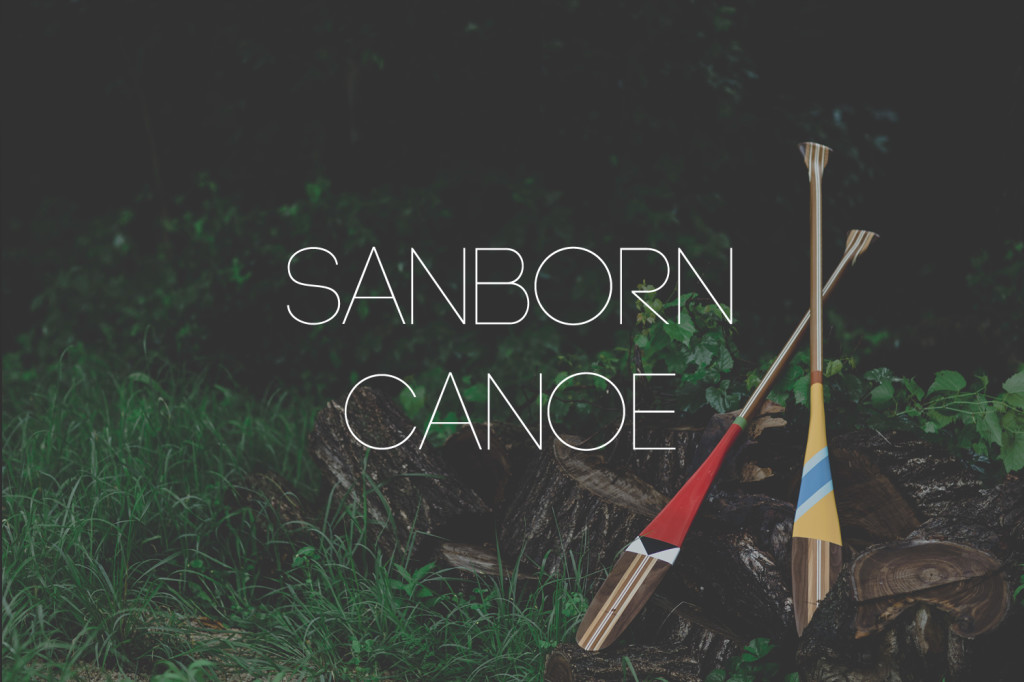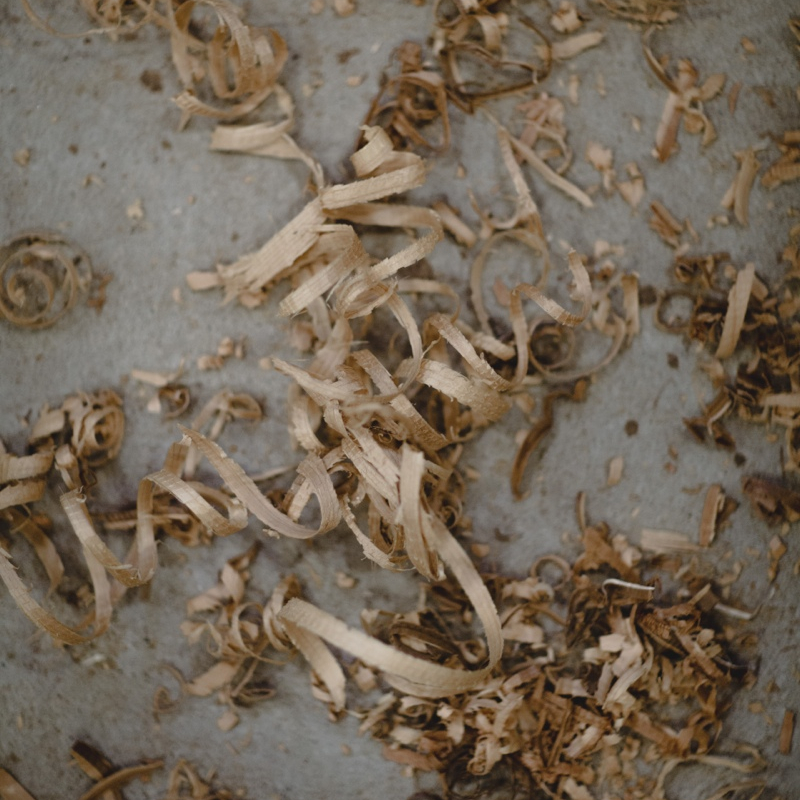Sanborn Canoe Co – Winona, MN
Wooden Painted and Performance Paddles
Zak Fellman and Todd
If you follow us on social media, you have probably viewed this story about the amazing people at Sanborn Canoe Co. already, but if not… we recently started a collaborative project with other photographers around the United States in order to help foster the craftsmen resurgence. We are calling it Drift Journal. With the help of a growing list of amazing photographers, videographers, and writers we hope to highlight great craftsmen/artists in order to inspire more people to learn and appreciate heritage crafts. As a society we have reached a point where technology allows us to do many things with little effort. As a result we are using our hands less and so many great skills are slowly being forgotten.
But we hope to change that! So before you even read this, click here to open a new tab with more craftsmen at Drift Journal. And join the resurgence! (facebook, and instagram)
Sanborn Canoe Co – Zak and Todd are two of the most unassuming, humble guys you may meet. Cousins, they both grew up in Minnesota each with a crazy love for the outdoors and a grandfather who, before they were born, carved out his own wooden canoe and took to the water. It was that canoe that inspired them build their own, and shortly after, start what is now Sanborn Canoe Co. And only a few short years later, with the help of a couple friends, they are carving some of the finest handcrafted paddles in North America. Here is a little look into their work.
How a paddle is crafted: The first step is to choose good pieces of lumber. We look for pieces that are as dark and as light as possible. Our goal is to create contrast between the various laminated pieces. The next step is to cut the lumber down to strips of different thicknesses. Then we cut them to length. From there, we lay out the wood in the desired pattern and glue it together. First the shaft is glued, then the blade and grip. Next, we cut out the blade and grip on a band saw. We then use a combination of chisels, block planes, and power planers to shape the blade. With a drum sander, spindle sander, and orbital sander we, surprise, sand the paddle. Once sanded, our artisan paddles are painted and finished. Our performance paddles have a few more steps. First, we brand our logo into the blade. Next, we epoxy a sheet of fiberglass to each side of the blade. The fiberglass is then sanded smooth and everything but the grip is coated in epoxy. Once the epoxy dries, we dip everything but the grip in varnish. After the varnish is dried, we lightly sand the shaft and apply a thin coat of varnish. The finishing step is to rub oil into the grip.

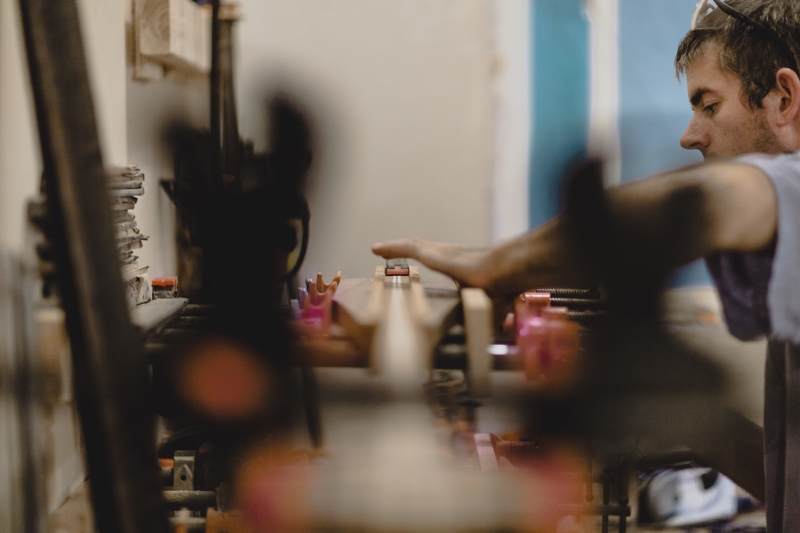
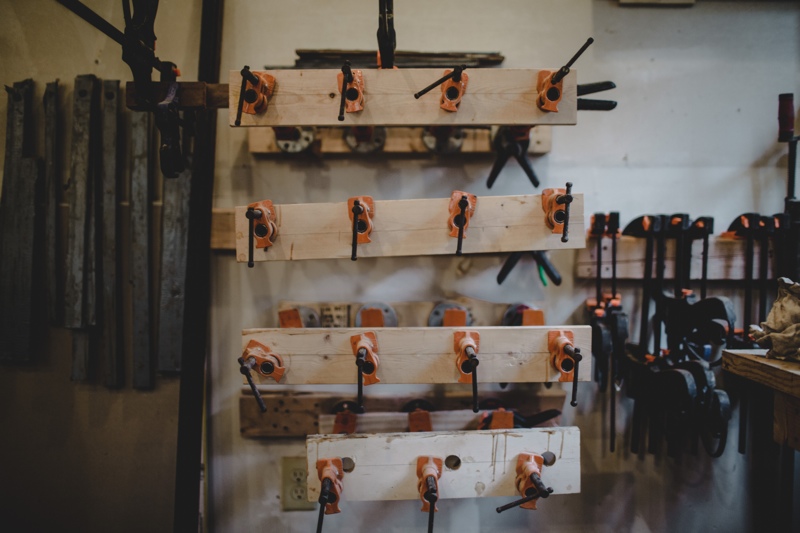
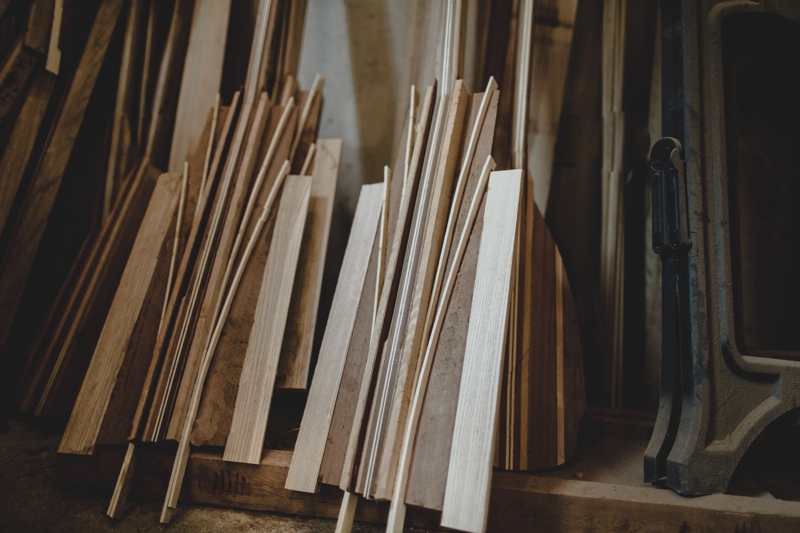

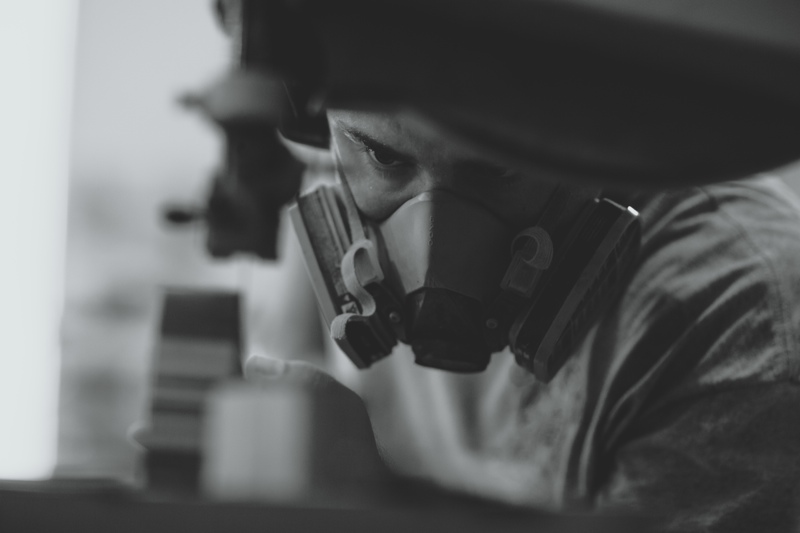
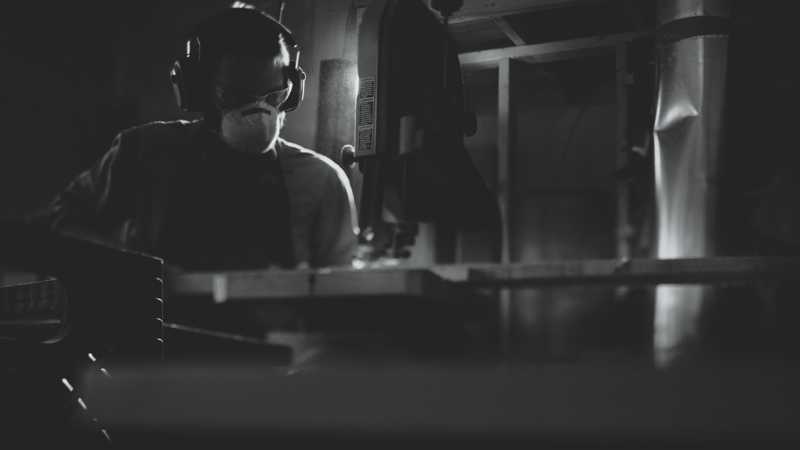
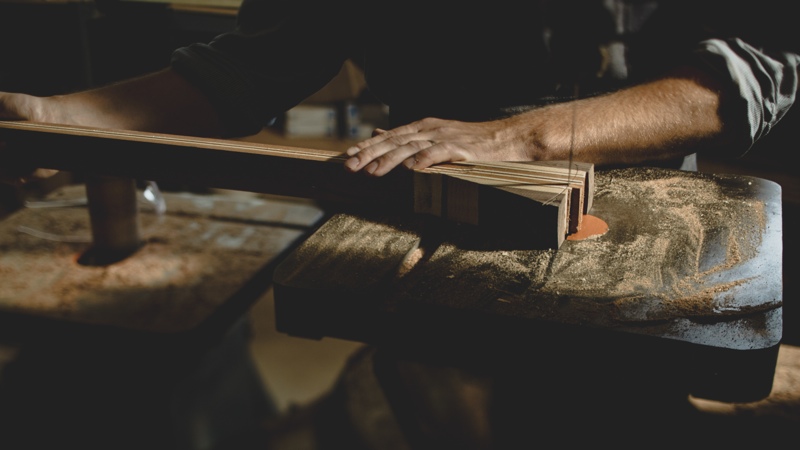
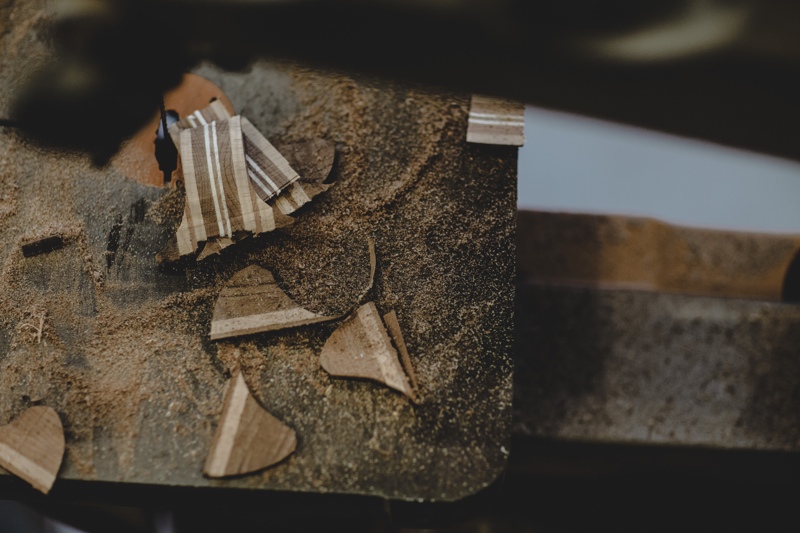
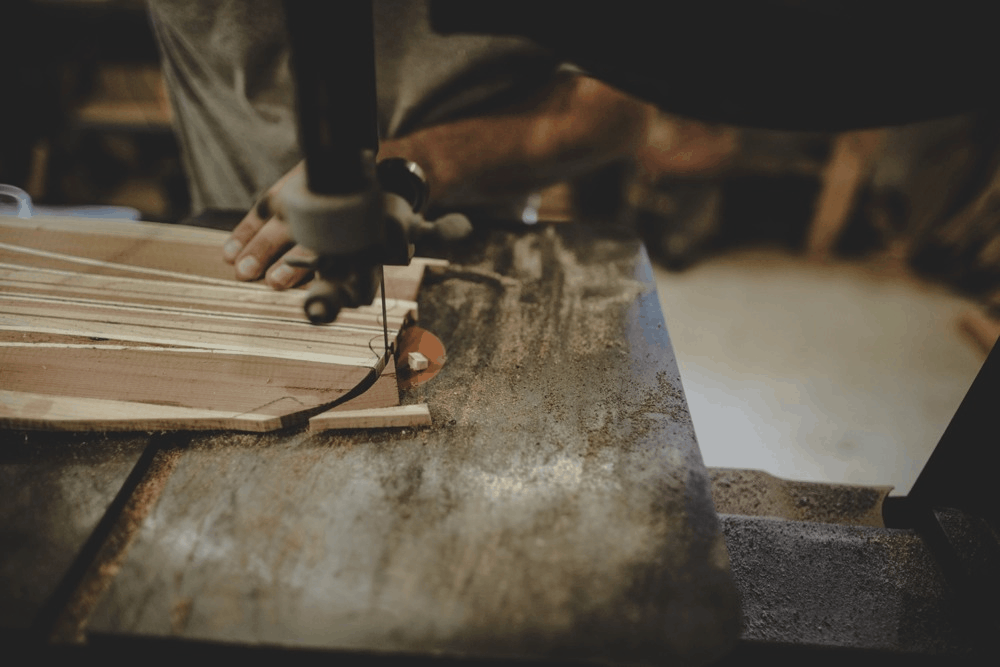

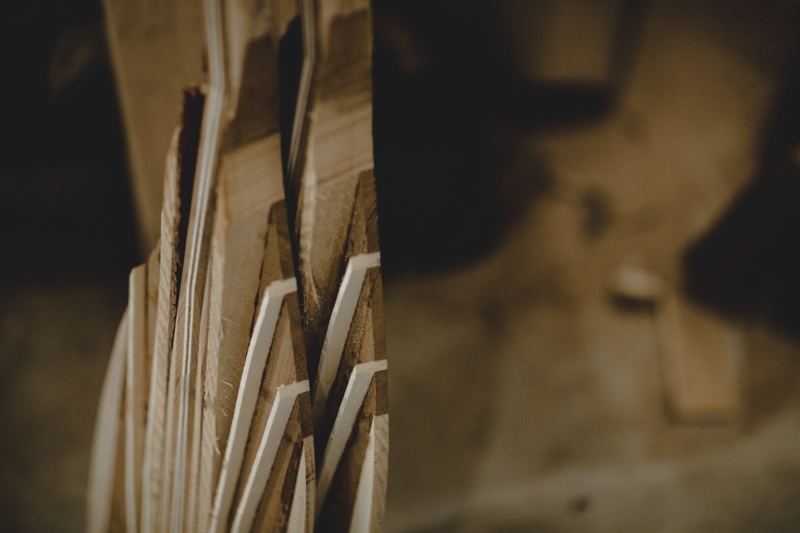
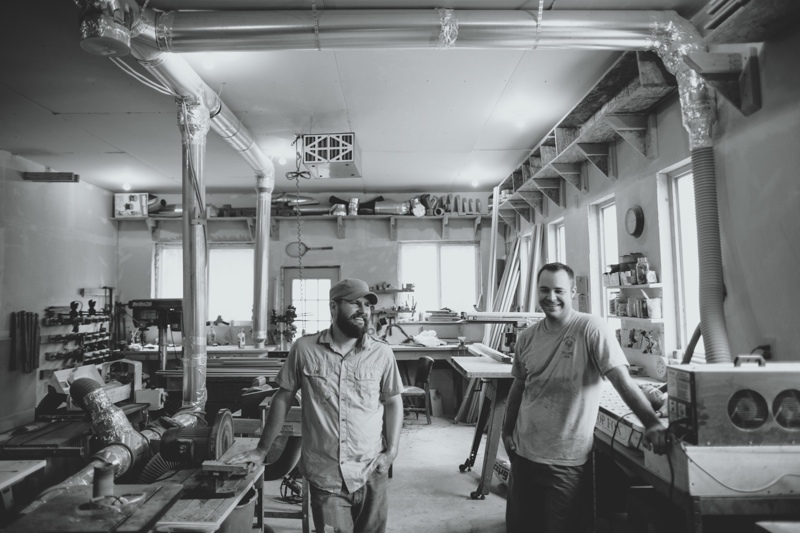
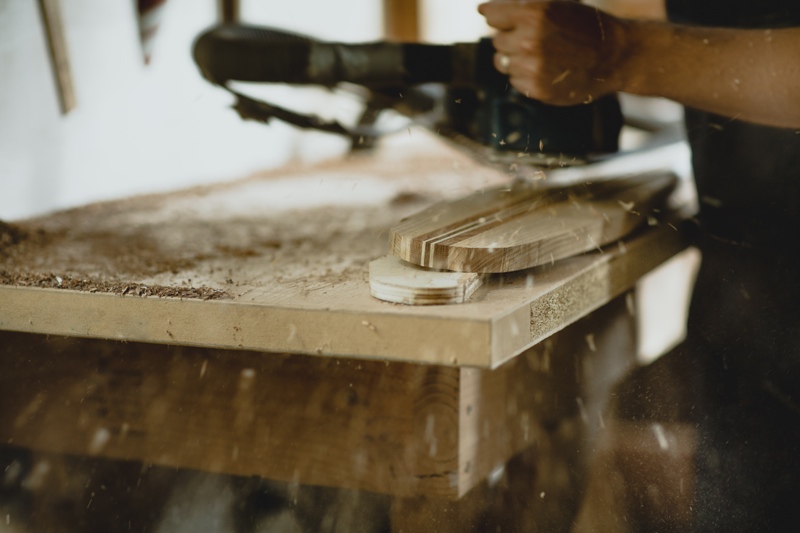
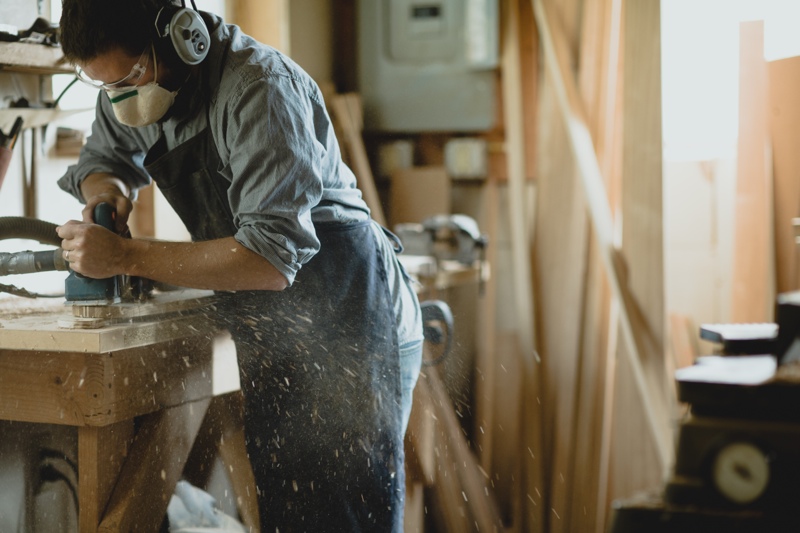
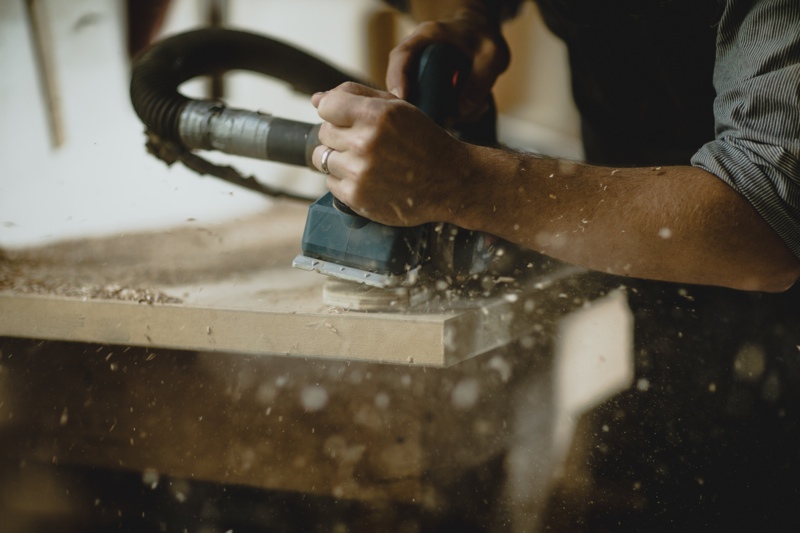
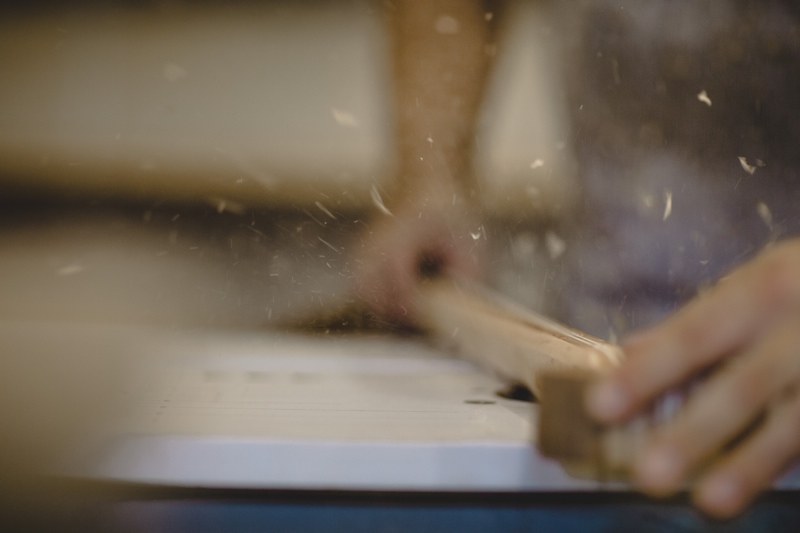
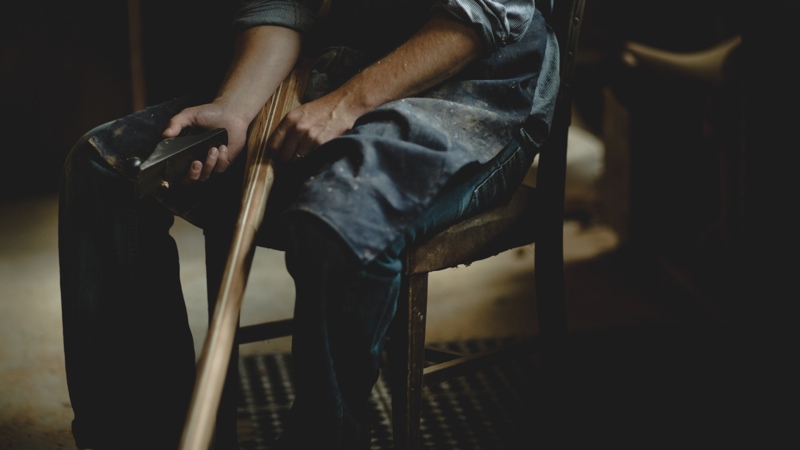
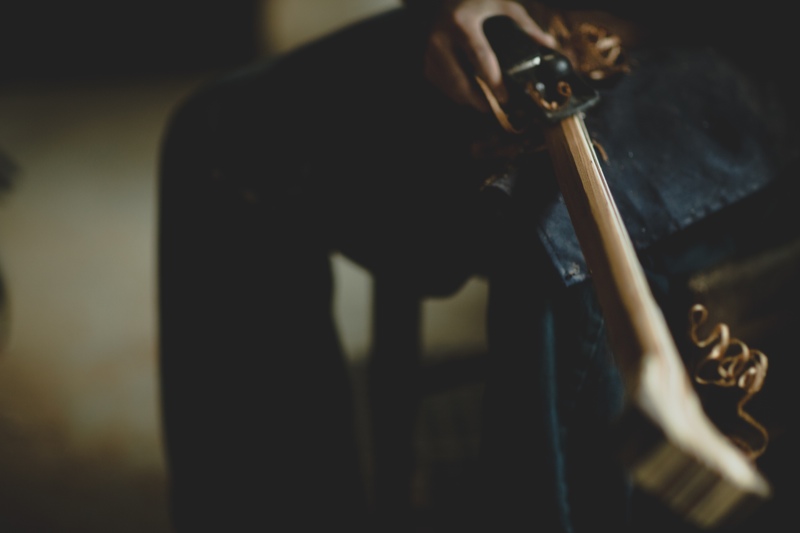
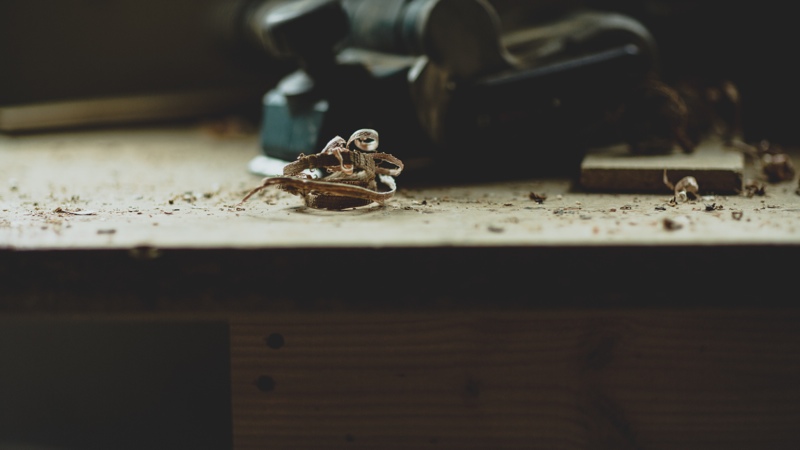
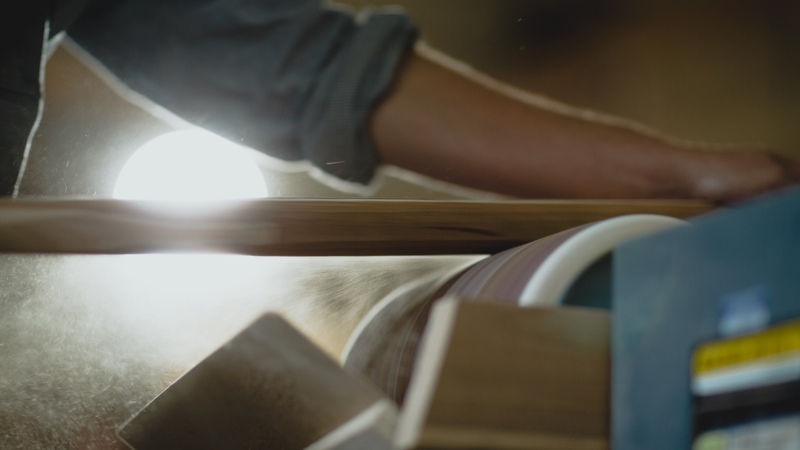
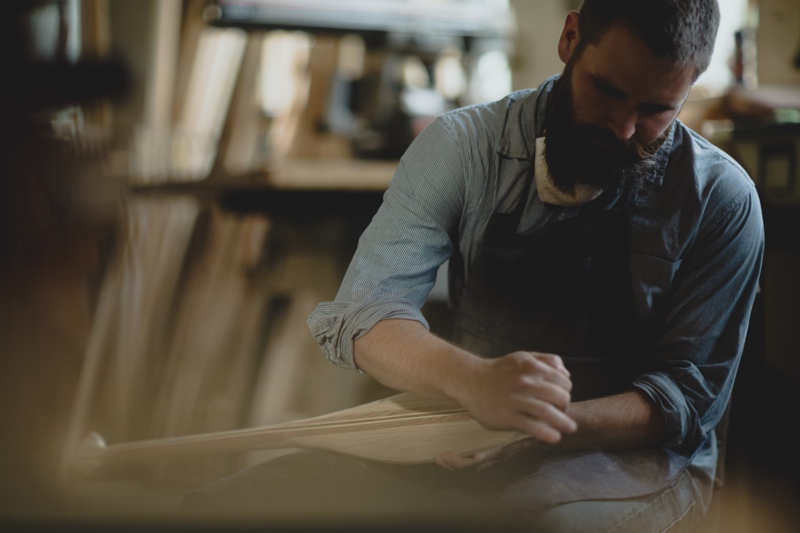
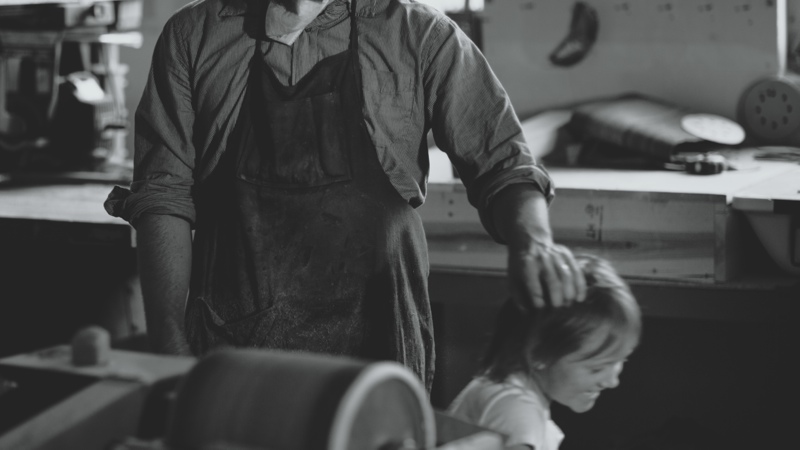
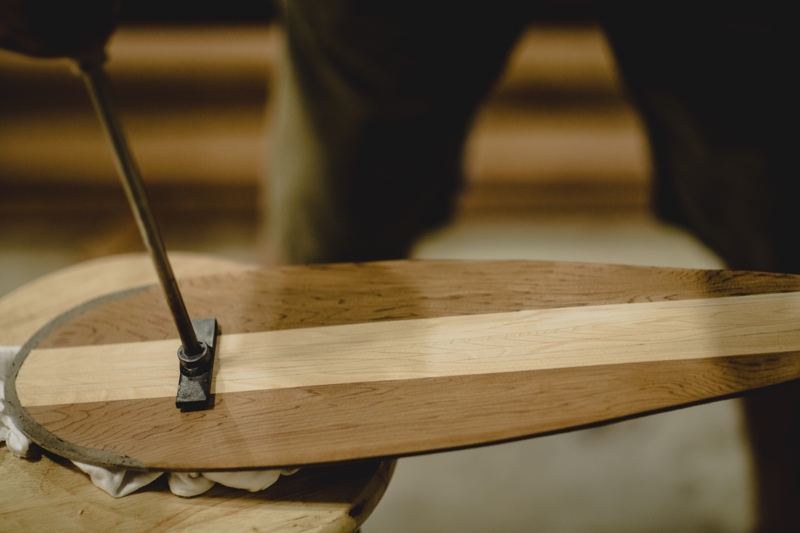
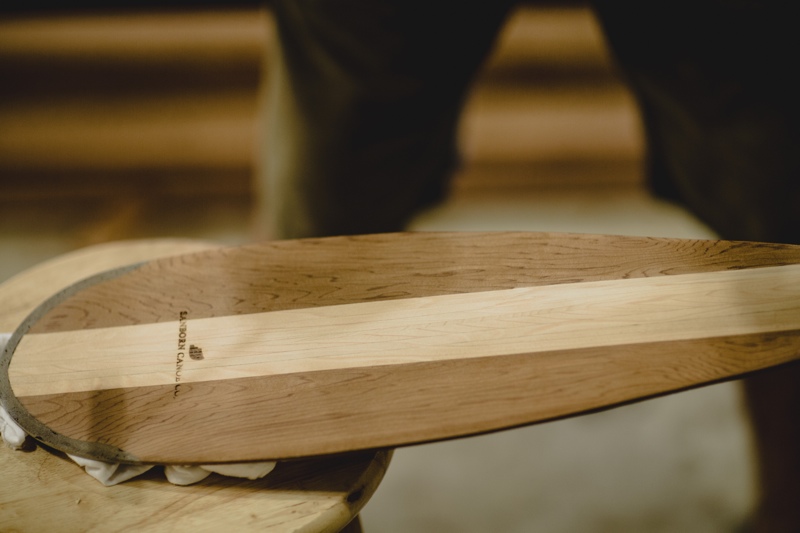
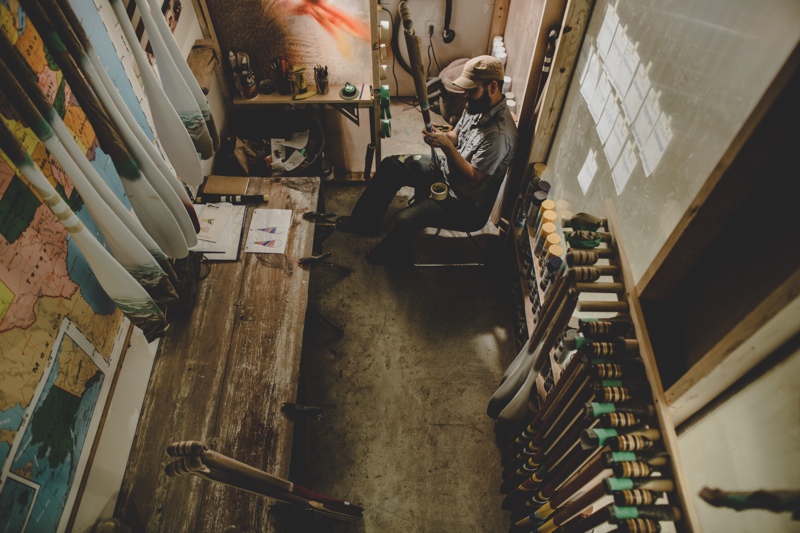
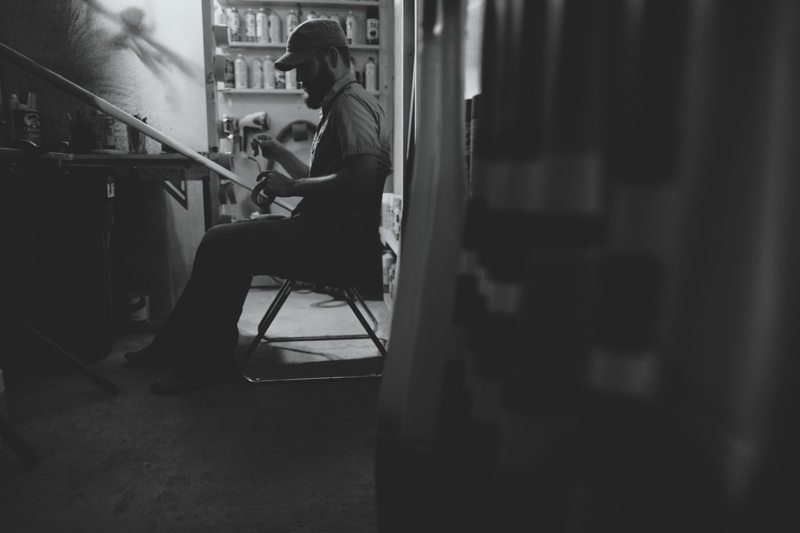
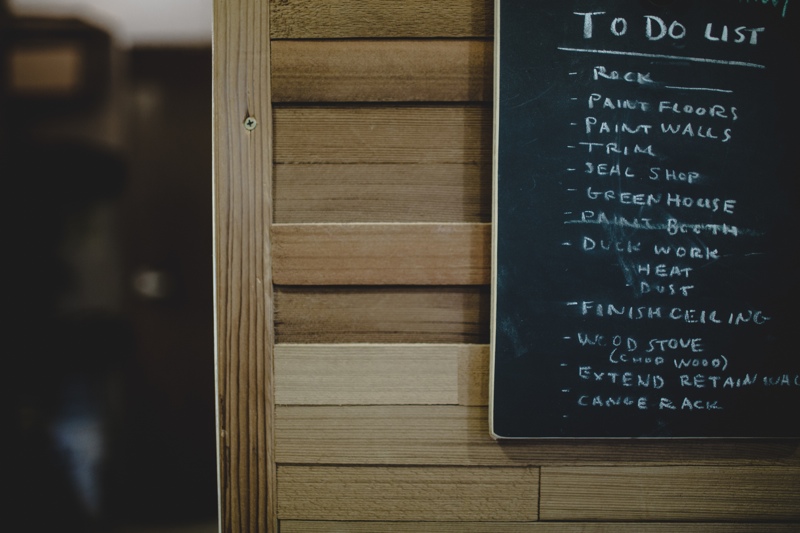

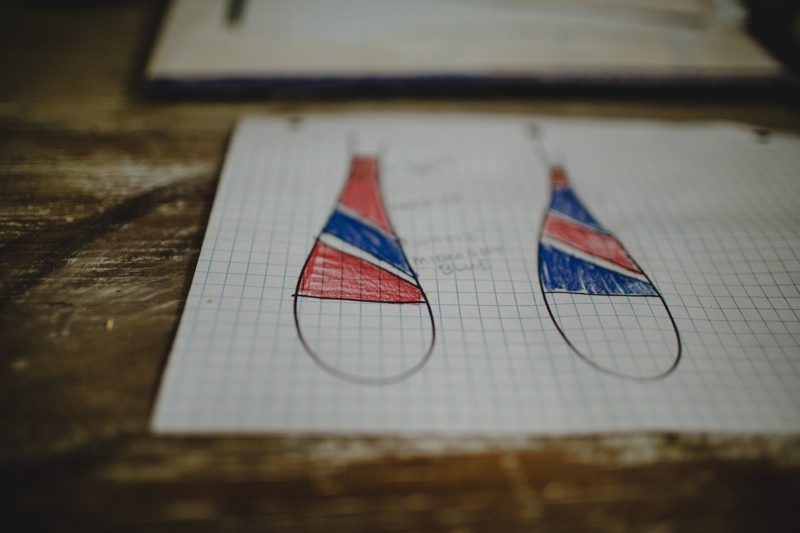
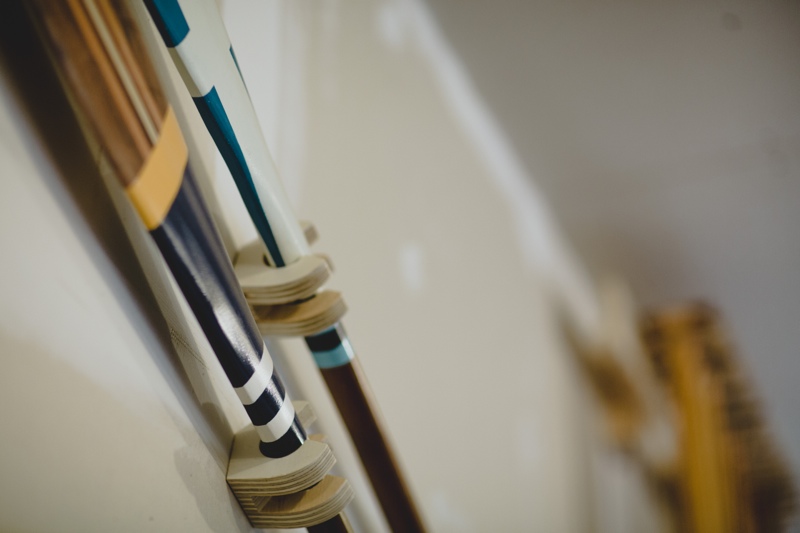
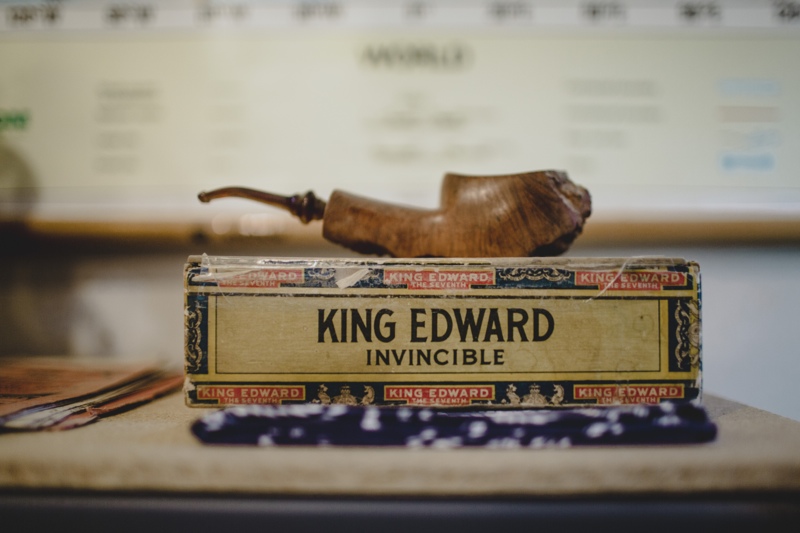
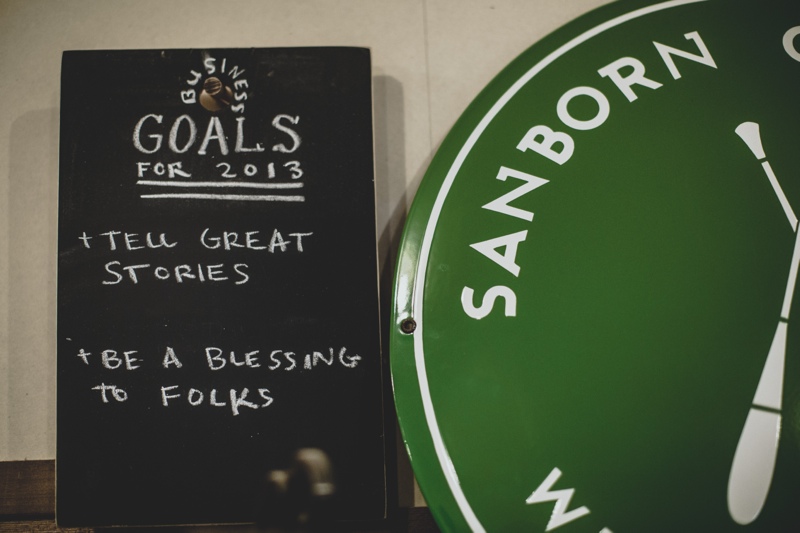
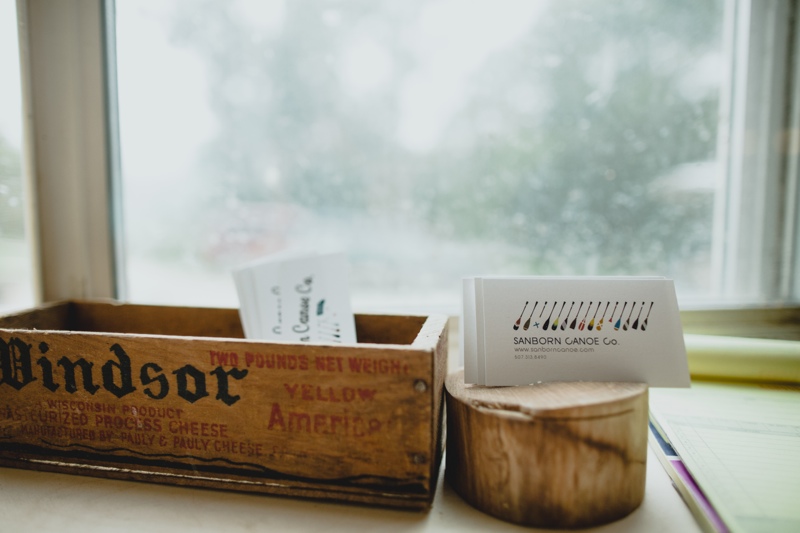
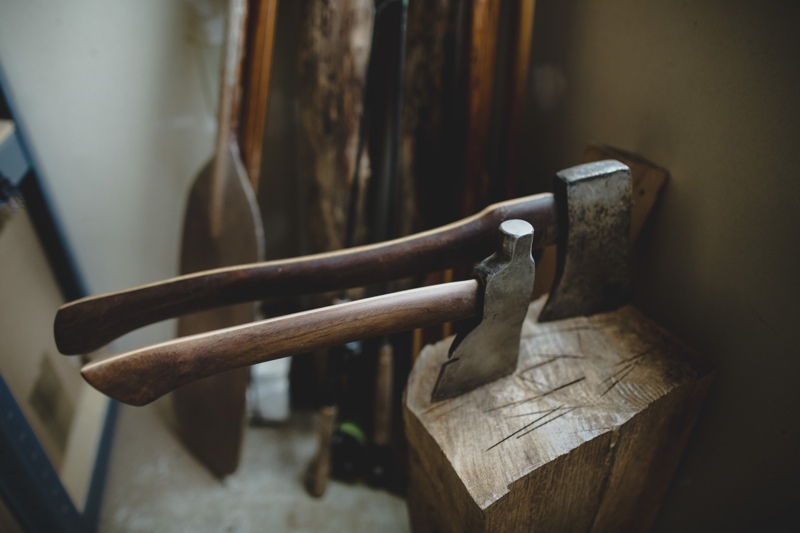
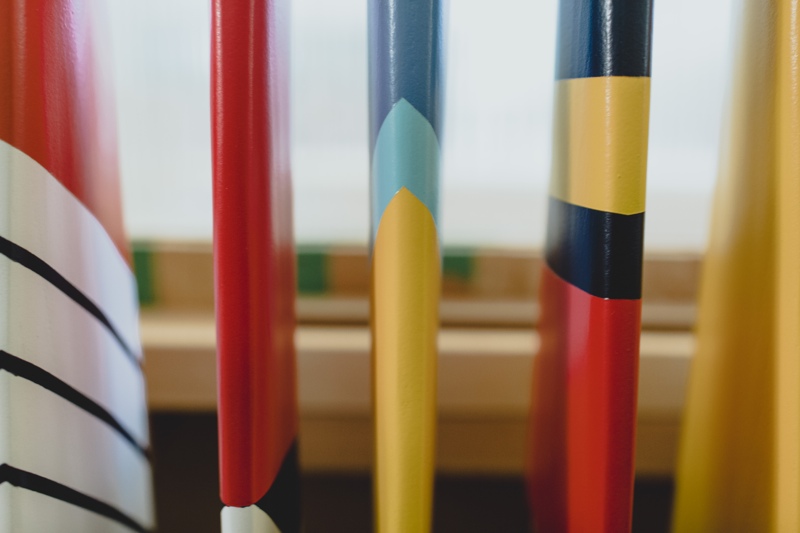
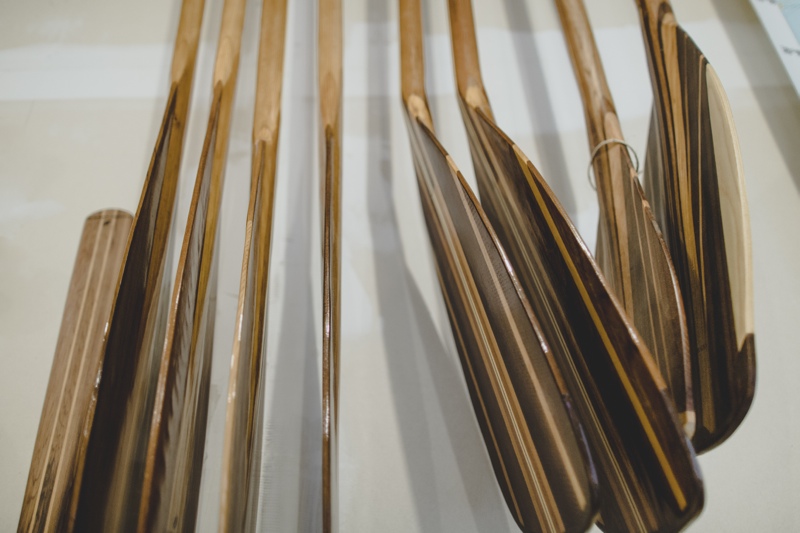
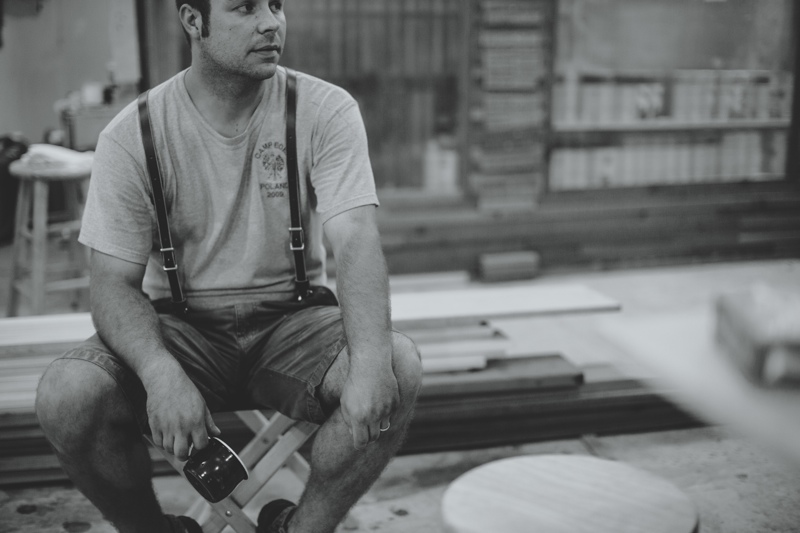

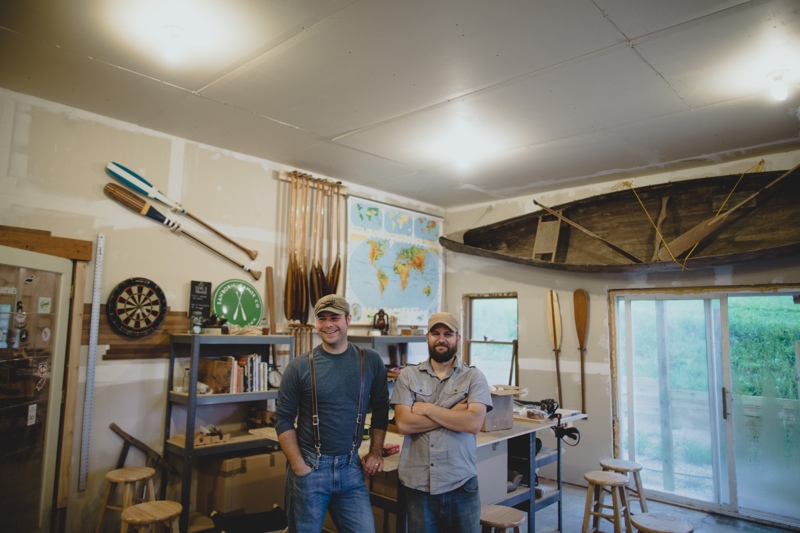
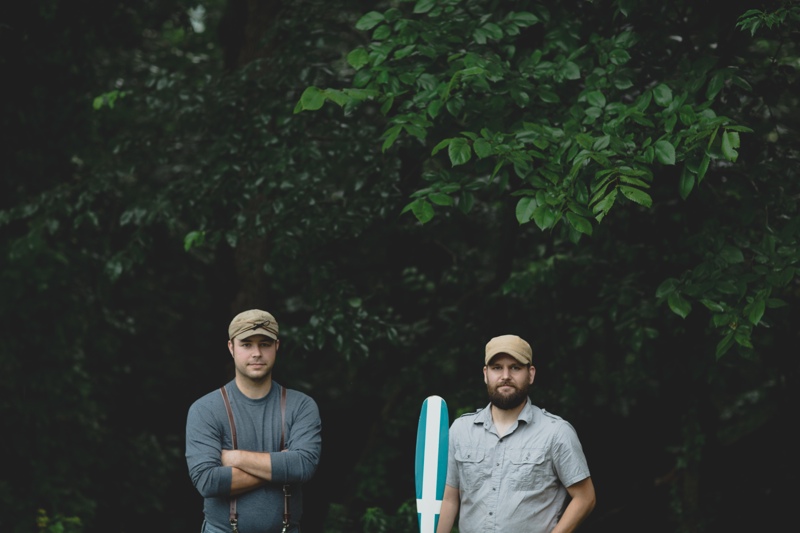
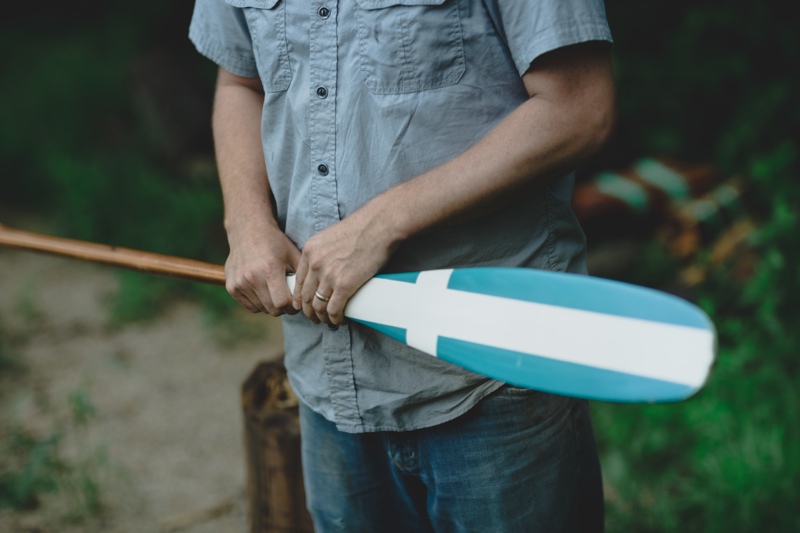
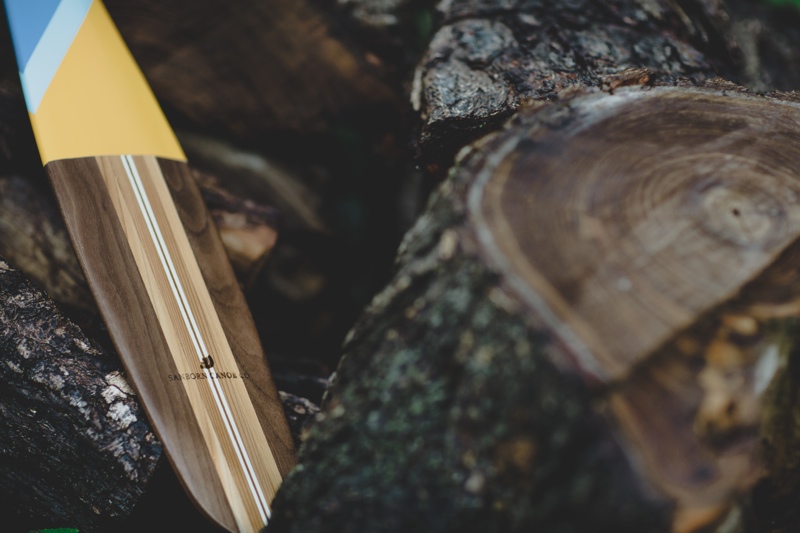
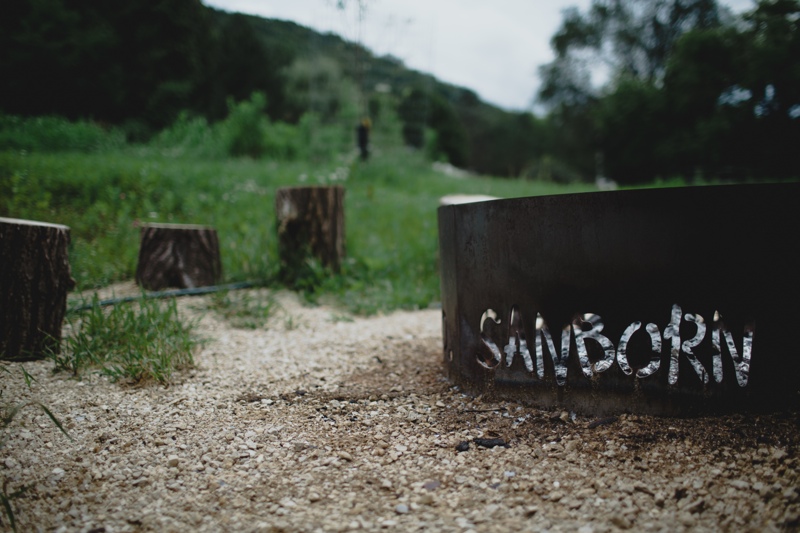
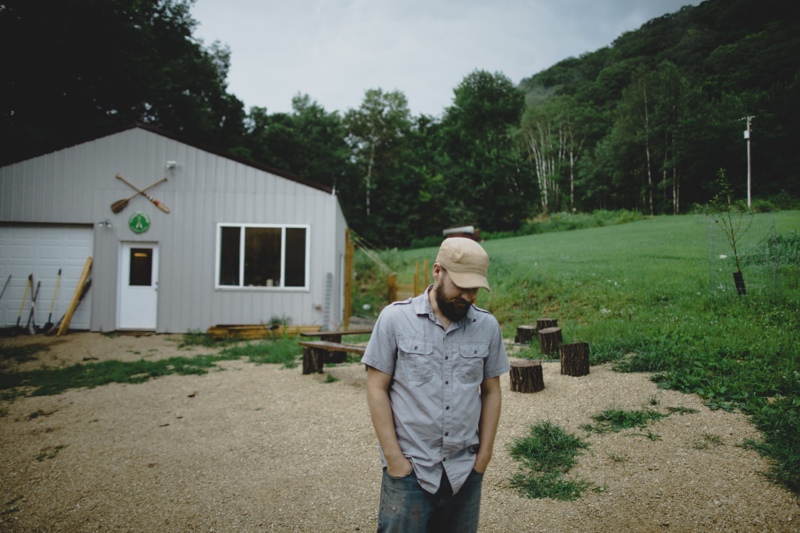 >>WHY WINONA, MINNESOTA?
>>WHY WINONA, MINNESOTA?
(Zak) For a canoeist there is so much access to water around Winona. Not to mention the waterways in Northern Minnesota and Wisconsin. It’s a perfect place to enjoy the wilderness by canoe. We’ve also met so many creative folks by way of Sanborn, and it seems like there is a huge creative community here in the midwest. We really enjoy being part of that. Not only is Winona a beautiful place to live, nestled in the Mississippi river valley, but it is where my family and friends live. And people are the most important pulling point to live someplace.
>>WHAT’S YOUR FAVORITE PART OF YOUR SCHEDULE/LIFESTYLE?
(Zak) Freedom. Creativity. My favorite part about working for myself at Sanborn is the freedom to creatively pursue things. Sanborn is only what we make of it, and the possibilities are endless. So there’s always something new to work on. There’s always something new to learn. And there’s always something new to create.
>>TELL US ABOUT ONE OF YOUR FAVORITE CANOE TRIPS.
(Todd) I’m not sure I can pick a favorite. Most canoe trips are largely the same. Months of planning then forgetting essentials anyway. Carefully chosen routes left behind in favor of unnecessary adventures. Hopes for good fishing followed by excuses for staying in a cozy sleeping bag. A trip that does sticks out in my mind is one we took in late October. The first day we paddled through small, narrow lakes, full of reeds. The lead canoe breaking through a thin layer of ice as we paddled. The next day we awoke to a thin blanket of snow over everything; hanging gingerly on yellow poplars and green cedars. A steaming cup of coffee was a welcome sight that morning, and all the mornings that followed. We spent the days paddling long lakes and portaging over rocky trails. Each day ended with a crackling fire and hot cups of cider. Days run into each other in the Boundary Waters as you find a routine. Moments from hundreds of trips flip through my mind, but it’s the routine of the woods that brings me back trip after trip.
>>TELL US ABOUT YOUR CURRENT OBSESSION, OR RECENT CREATIVE OUTLET.
Zak has spent a lot of time recently making ax handles and adorning them with paint and images burned in by hand. I (Todd) am not an obsessive sort, but I love making smoking pipes. It’s really fantastic to take a block of briar and turn it into something both beautiful and practical. Briar has great grain just sitting as a block, but each new angle and curve you carve brings out new aspects of the wood often you couldn’t have imagined before. It’s great. Smoking a pipe is nice too.
>>TELL US A LITTLE MORE ABOUT HOW YOU LEARNED YOUR CRAFT?
The love of trees and wood working began at an early age. Our grandpa has worked with wood as long as I know. As a child, I took for granted his piles of lumber and projects in various states of completion. A passion for wood working began there, but has grown exponentially since Sanborn began. Crafting paddles specifically is something we’ve largely learned through trial, error and lots of persistence. We feel we’ve found a perfect marriage of our love of the outdoors and passion for creating.
>>WHAT IS THE BEST PART ABOUT WORKING WITH YOUR HANDS?
There is a sense of accomplishment at the end of each day that comes from working with your hands. A day may begin with a cedar 4×4 and finish with a paddle ready for the water. In the process of making hundreds of paddles, my hands have become extensions of my eyes. I often feel imperfections in a paddle before I see them. It’s a skill you can’t teach, but can only be learned through experience.
